mobile View, to the German Version tap the flag
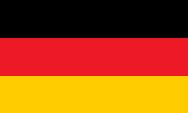

- Sardinia
- Region of Italy
- own name: Sardegna
• Flag
• historical Flags
• Meaning/Origin of the Flag
• Map of the regions of Italy
• Numbers and Facts
• History
• Origin of the Country's Name
• Map of the historical states in Italy
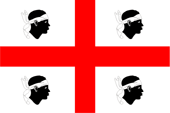
Flag of Sardinia,
ratio = 2:3,
Source, by: Wikipedia (D)






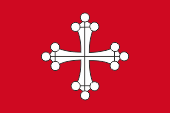
11./12./13th cent.,
Flag of Pisa Town,
Source, by: Wikipedia (IT)





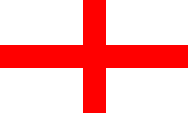
13./14. Jhd.,
Flagge der Republik Genua,
Quelle, nach: World Statesmen,
Wikipedia (D)



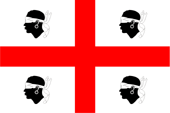
13th cent. – 1999,
Flag of the Sardinia,
Source, by: Wikipedia (EN)




The flag of Sardinia shows immemorial, a red cross on a white ground , and in the four white areas per a moor's head. This peculiar symbol is known in Aragón, Corsica and Sardinia. It goes probably back to the Kingdom of Aragón, because this symbolism there has been used since 1096, and in 1297 gave the Pope Sardinia as a fief to King Jacob II. of Aragón. The Moor's heads are the heads of four Moorish kings, who were defeated ad beheaded in the year 1096 at the Battle of Alcoraz by King Peter I. of Aragón. Moor's heads on flags, blindfolded or not, served later as a deterrent. In the early Middle Ages the countries and cities had suffered greatly at the northern edge of the Mediterranean Sea under Moorish pirates who raided, murdering and plundering the coasts and the people abducted into slavery. In 1999, after 700 years, the flag of Sardinia was adjusted to the style of the Moor's head on the flag of Corsica. The Moor's heads got headbands instead of blindfolds, and also the earring was removed. And, however, the four Moors look away from the flag pole since that year.
Source, by: www.planet-schule.de

all names in Italian
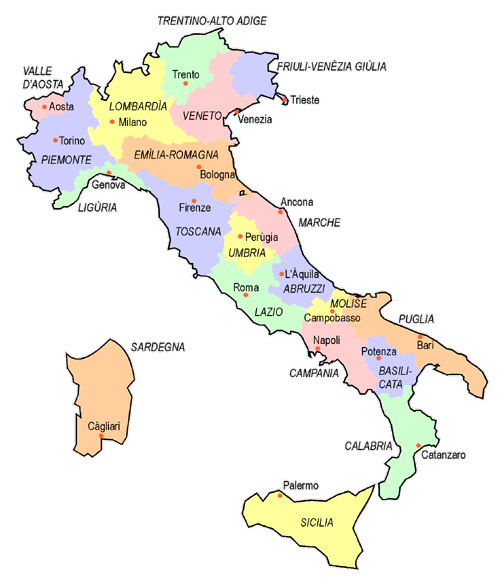
Source: Volker Preuß

Area: 9.301 square miles
Inhabitants: 1.630.500 (2019)
Density of Population: 175 inh./sq.mi.
Capital: Càgliari, 153.200 inh. (2019)
Language: Italian, Sardinian
Time Zone: GMT + 1 h
Source: Wikipedia (D)

antiquity · settlement by the Phoenicians
540 B.C. · to the Karthagian Empire
238 B.C. · Roman province
456 · to the Empire of the Vandals
534 · to the Byzantian Empire (Byzantium, East Rome)
8th–9th cent. · invasions of the Arabs
1052 · to Pisa
1239 · establish of the Kingdom of Sardinia by the German Emperor Friedrich II.
1249 · division of the island between Pisa and Genoa, later the whole island came to Genoa
1297 · the Pope passes Sardinia as a fief to the King Jacob II. of Aragón
1323 · Jacob II. takes possession of the island after wars against Pisa and Genoa
1338 · Aragón loses the island to the dynasty of Arborea
1409 · Aragón takes over the island again
1420 · Aragón confirms the Kingdom of Sardinia, administered by a viceroy
1469 · marriage of Isabella I., Queen of Castile-Leon and Ferdinand II., the Prince and Throne-Successor of Aragón
1479 · coronation of Ferdinand II. and Isabella I. to Kings of Spain
1516 · official unification of Aragon and Castile, but Aragon withholds important privileges, the Kingdom of Sardinia, an estate of the Spanish Crown
1701–1713 · Spanish heritage succession war
1714 · peace treaty of Utrecht, the house of Savoy-Piedmont purchases Sicily
1718 · in exchange for Siziliy comes Sardinia to the house of Savoy-Piedmont
1720 · unification of Sardinia-Piedmont with the Kingdom of Sardinia, the title of the King of Sardinia comes in this way to the Duke of Savoy, establish of the Kingdom of Sardinia-Piedmont by the house of Savoy
1861 · Sardinia-Piedmont founds - after numerous annexations - the Kingdom of Italy
1948 · establish of the Sardinia region as an administrative unit
Source:
Wikipedia (D),
Atlas zur Geschichte,
World Statesmen

The name "Sardinia" goes back to the Sardinians, a mixed people, whose descendants still live on the island. The Sardinians arised by mixing of the original Ligurian population with Greeks, Romans, Arabs and Spaniards.
Source: Handbuch der geographischen Namen

all state denominations in English:
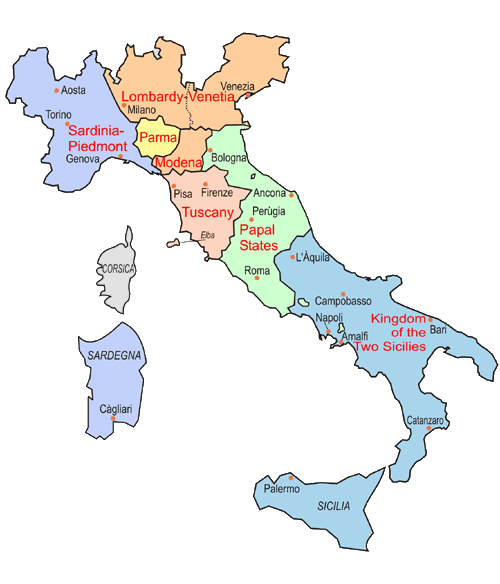
Source: Volker Preuß


Kindly supported by:

![]()

















